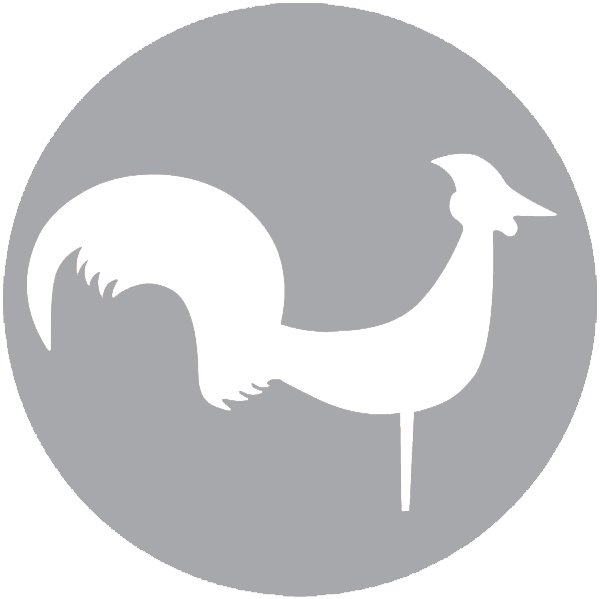History of the Museum
The first museum in Britain was the Ashmolean, founded in 1683. During the 19th century, as towns and cities grew, so did the numbers of museums. Local Authorities were granted permissive powers to start museums in their areas from 1847 onwards, but Stroud did not, believing that funding such an enterprise would be an undue burden on the tax payer. In 1881 the prominent local geologist Edwin Witchell complained about the lack of a museum in Stroud, and this began a gradual campaign led by local collectors and philanthropists to found a museum.
In 1887 provision was made for a museum within the proposal for a School of Science and Art in Lansdown (pictured above) - subject to sufficient funds being raised.
In 1897 a local businessman and landowner, William Cowle, included a bequest of £4000 in his will to provide a museum for the town. Shortly after his death in 1899 the Cowle Museum Trust was established to provide a museum for the people of Stroud and the surrounding district.
1900 to 1983
The collection of the museum developed gradually from an initial focus on natural history and geology to a fuller representation of the history of the district. At the beginning the Stroud Museum had similar objectives to other contemporary museums: to make a collection of objects and associated knowledge available with the ultimate goal of sharing knowledge, improving education and promoting an understanding of the world, all whilst illustrating the history of the locality. For the first 30 years it provided this resource without any staff or opening hours!
By 1927 the Museum had got into a bad way – the Miers report published that year actually described it as derelict. As a result the Museum Trustees appointed Mr C.I. Gardiner of Cheltenham as the first curator on the 25th April 1929 for two days a week at the salary of £100 per annum (around £4500 in 2013 terms)
Following this appointment the Stroud Museum was able to set regular opening hours and formally opened to the public within the premises of the Stroud School of Science and Art on 15 March 1930.
During this period the museum began a practice of documenting the collections and keeping records as well as expanding the collections to include archaeology and social history. There was also a focus on raising the profile of the museum amongst local people through a series of talks and lectures.
From the 1950s onwards the collections expanded dramatically, and the museum leased a further display room at the School of Science and Art as well as an office and a store room. Later as the collection outgrew the spaces at Lansdown, the Trust was forced to rent a series of storage rooms across the district.
1983 to Today
During the middle of the 20th century many independent museums began to struggle for survival – the Stroud Museum was no exception. Gradually over time a partnership was established with the District Council and in 1983 the Museum became the Stroud District (Cowle) Museum. Although a Collections Management Centre was set up in Stonehouse in the 1990s, relieving some of the pressure on the Lansdown premises, it was becoming clear that they were no longer suitable as a public museum space.
This led the acquisition of the Mansion House in Stratford Park, and its fitting out as a museum – largely thanks to a Heritage Lottery Fund award. In 2001 the Museum in the Park opened telling the story of the Stroud District using modern techniques. Learning and public programmes were developed well beyond what was previously possible, together with a front of house service, all of which have contributed to a significant rise in visitor numbers and ensured the viability of the new museum.
Today the Museum in the Park offers a wide array of educational and cultural experiences in a relaxed and friendly environment, with the historic collections and people of the district at its heart. We look forward to welcoming you soon!



